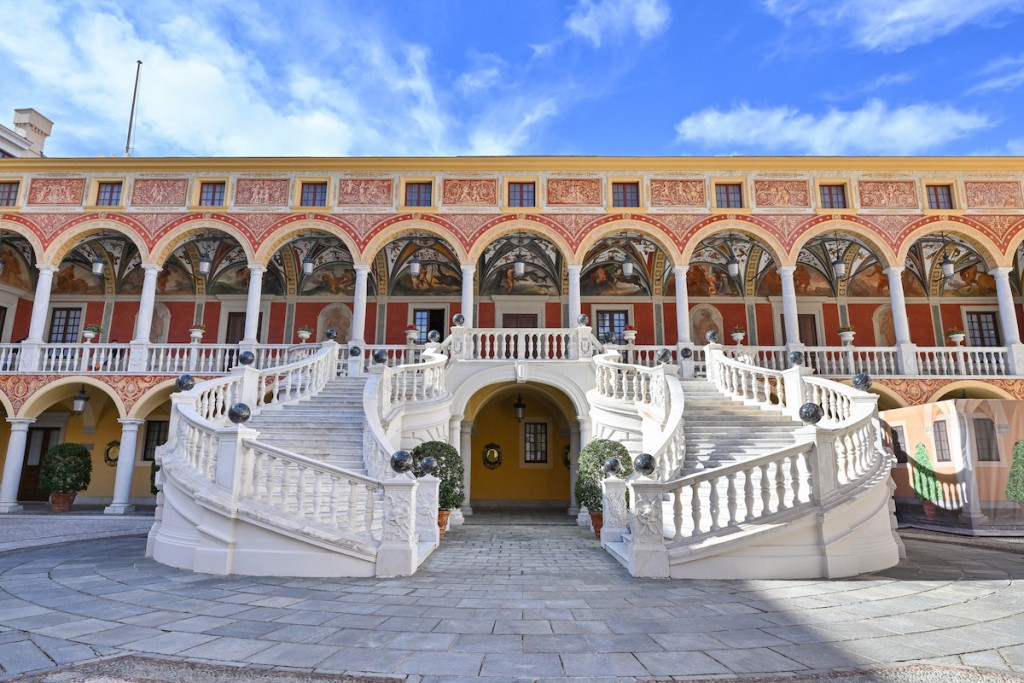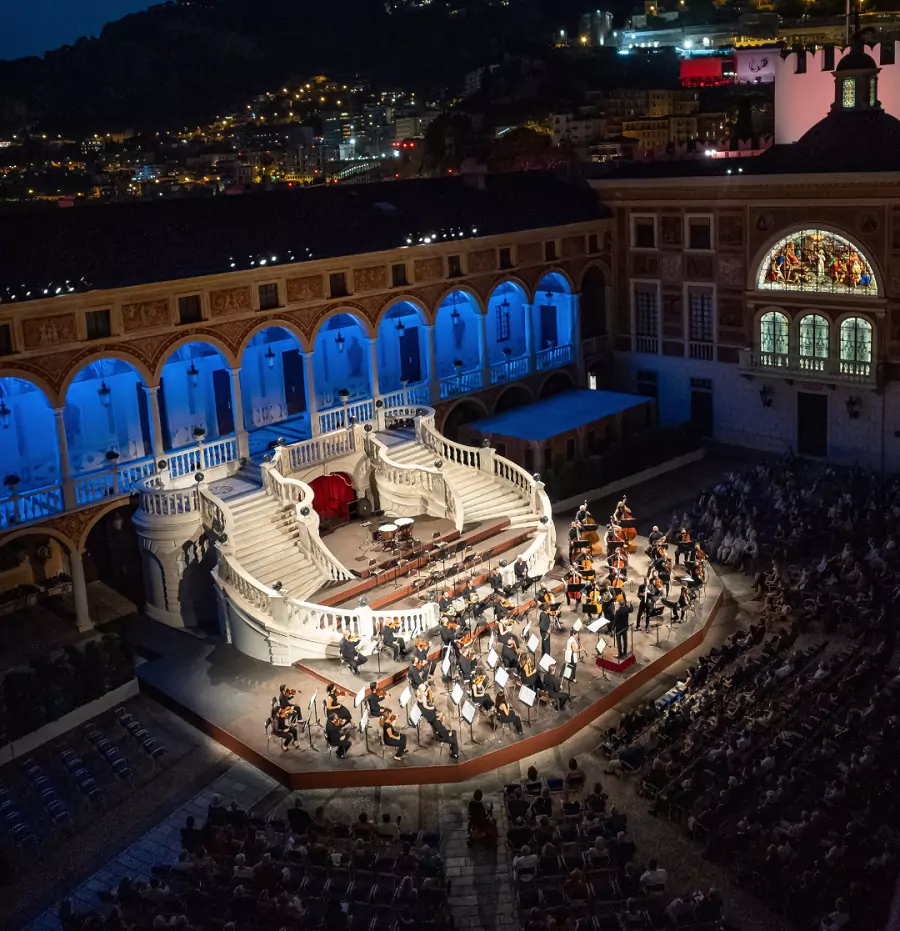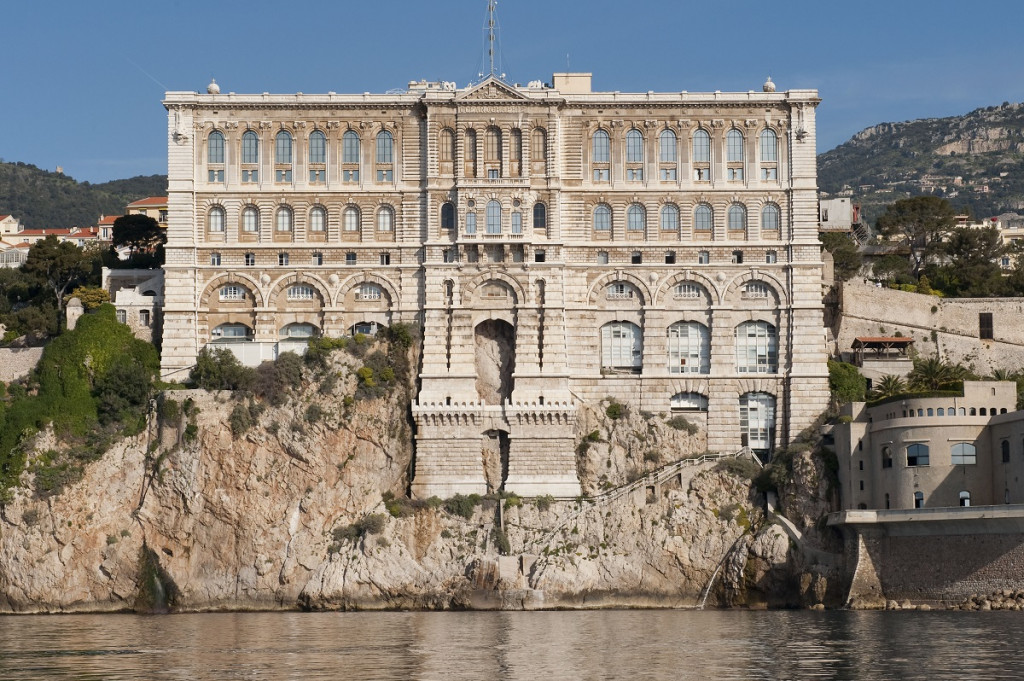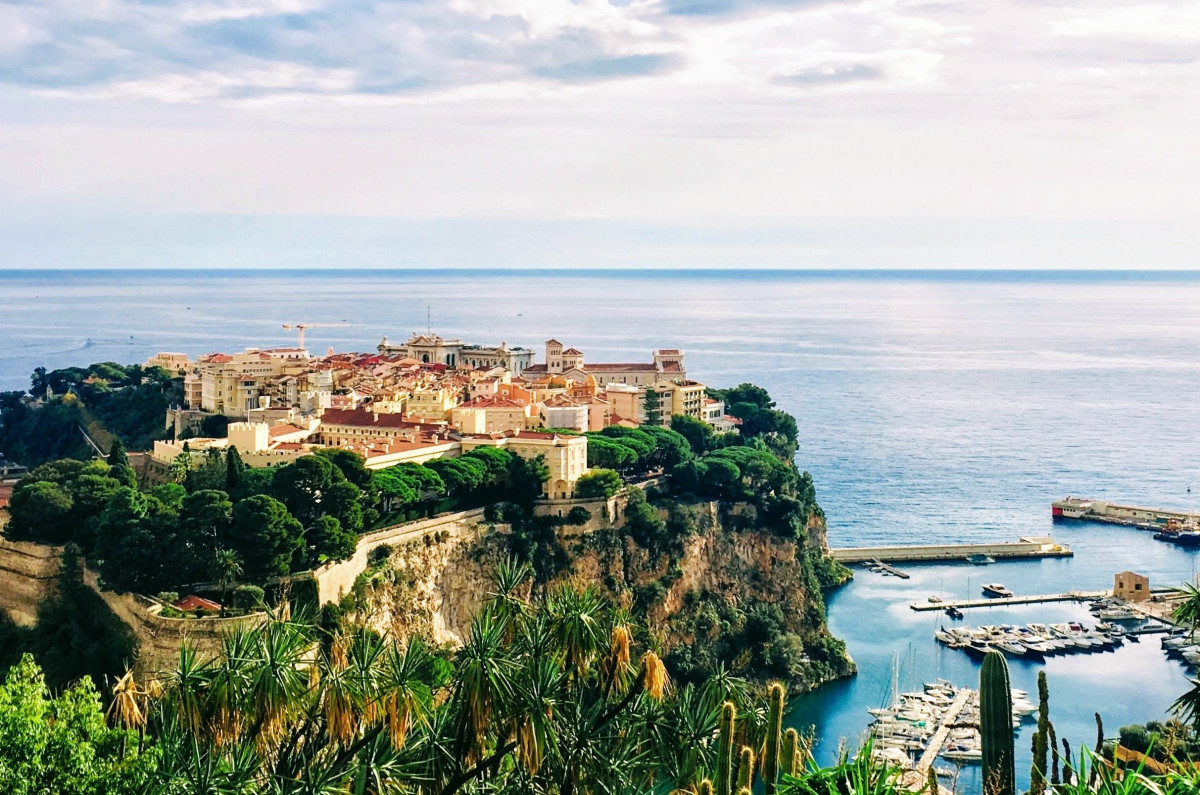There’s no denying Monaco is a small nation, but there’s a lot more to it than the Casino, the port and the Palace. In a new Monaco Life series, we’re getting to know the different neighbourhoods of Monaco, starting with its most historic quartier: Le Rocher.
The country of Monaco is only 2.2 square kilometres, but in terms of style and appeal, it packs a huge punch. The Principality is one of the most sought-after enclaves in the world.
Populated by the rich and famous, the nation boasts several different neighbourhoods – there’s a new one on the way too – but each has a different feel and things to offer.
The oldest of these is Monaco-Ville, more commonly called The Rock or Le Rocher, due to its setting on an elevated rocky perch above the rest of the Principality.
It is, notably, the least populated district in the Principality, housing a mere 836 inhabitants, according to the latest statistics from IMSEE. But despite its age-old ties to the history of Monaco, The Rock is actually home to one of the lowest proportions of Monegasques in any of the Principality’s neighbourhoods. Almost eight in 10 locals are from outside of Monaco.
HEART OF MONACO
That said, Monaco-Ville is the historic heart of the Principality, featuring the several places of note, including the Prince’s Palace.

Built in the 13th century, and remodelled during the Renaissance, the Palace now nearing the end of a major make-over to restore over 600m2 of stunning 16th century frescoes. The Palais Princier de Monaco, as it is known, is also special in that it is partially open to the public, allowing tourists a glimpse into the lives of Monaco’s royals.
Additionally, the concourse of the Palace is the venue for a series of summer open-air concerts, as well as other events and concerts throughout the year.

Another iconic landmark in the district is the Notre-Dame-Immaculée de Monaco Cathedral, made famous by the 1956 wedding of Prince Rainier III to American actress Grace Kelly. The structure was built between 1875 and 1903, but wasn’t consecrated until 1911. Featuring vaulted ceilings and a break-taking altarpiece, it was built on the site of the country’s first parish church, dating back to 1252, and houses the tombs of former Princes.
The neighbourhood is also home to the Oceanographic Musuem, built by Prince Albert I in 1910. Sometimes called the “Temple of the Sea”, the museum, run by the famous oceanographer and diver Jacques Cousteau between 1957 and 1988, is dedicated to marine research and protection.

OTHER ATTRACTIONS
Other attractions well-worth a visit include the outdoor cinema in summer months, the Saint Martin Gardens, the Courthouse and the plethora of cobbled streets lined with boutiques, souvenir shops and ice cream parlours. There are also some charming restaurants, which offer a wide selection of culinary choices ranging from relaxed pizza, pasta and crepes to more refined Mediterranean fare.
The district gets quiet at night, so is a great place to get away from touristy crowds and noise, as well as to take in the views from high above the Mediterranean.
To discover how the Princely Grimaldi family came to call The Rock of Monaco their home, a story that dates back to 1297, see below:
Make sure you’re never left out of the conversation.
Sign up for the Monaco Life newsletter, and follow us on Facebook, Twitter, Instagram and LinkedIn.
Photo credit: Monte-Carlo SBM
